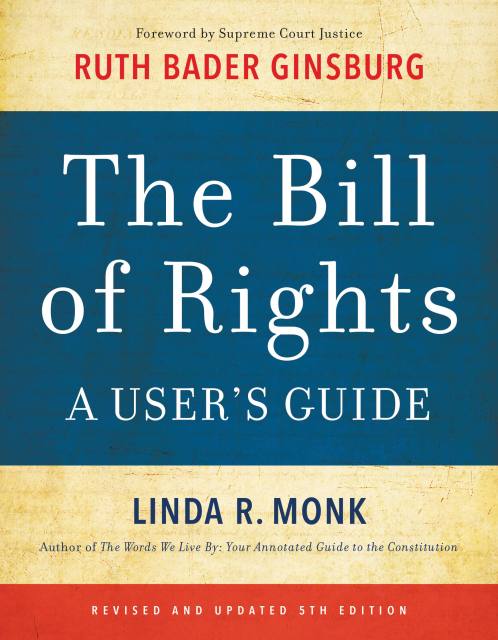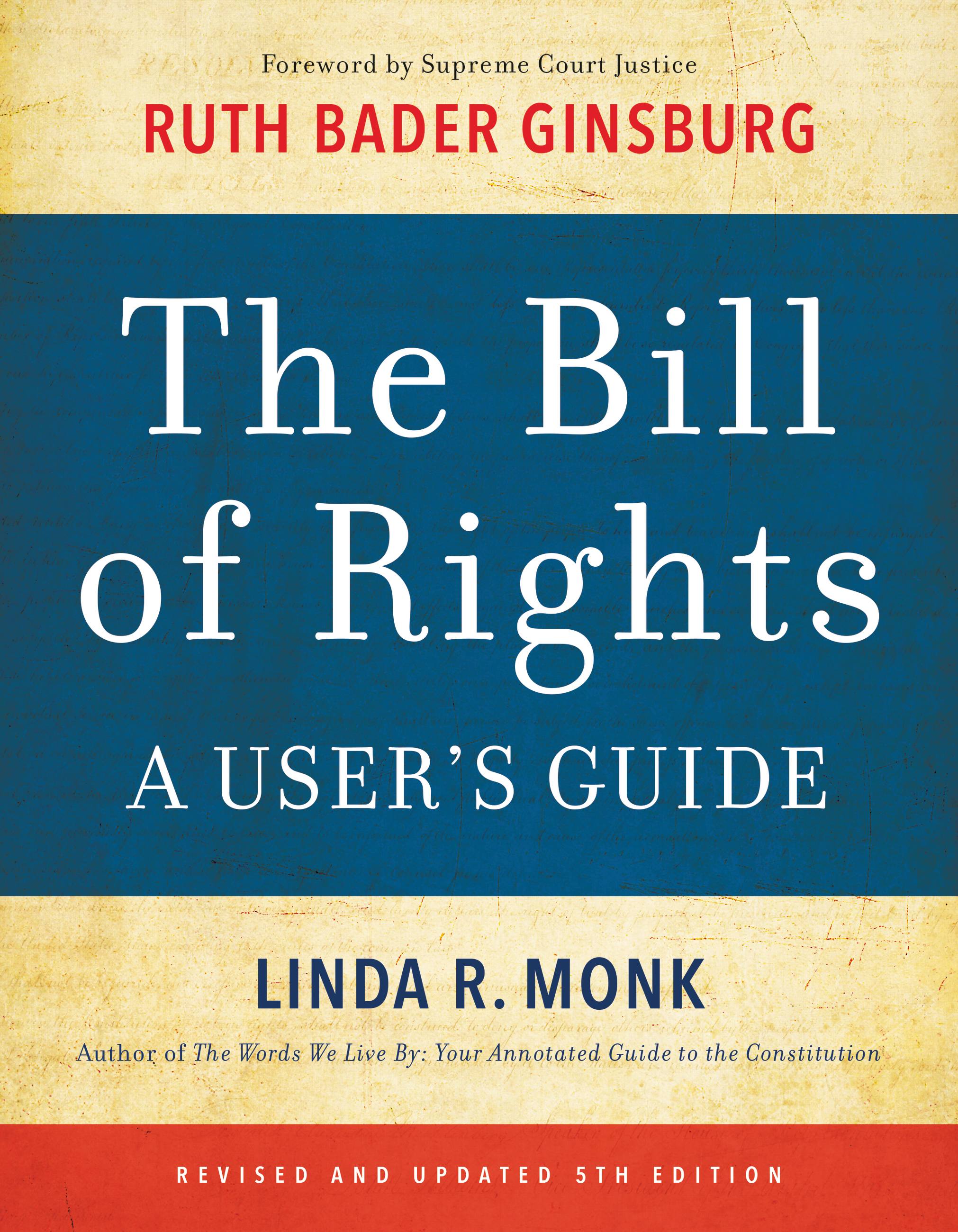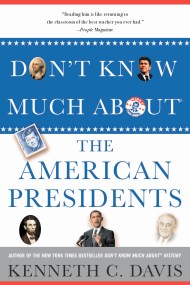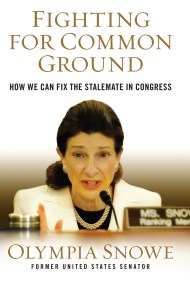Promotion
Use code MOM24 for 20% off site wide + free shipping over $45
The Bill of Rights
A User's Guide
Contributors
Foreword by Justice Ruth Bader Ginsburg
Formats and Prices
Price
$12.99Price
$16.99 CADFormat
Format:
- ebook $12.99 $16.99 CAD
- Audiobook Download (Unabridged)
- Trade Paperback $18.99 $23.99 CAD
This item is a preorder. Your payment method will be charged immediately, and the product is expected to ship on or around April 10, 2018. This date is subject to change due to shipping delays beyond our control.
Also available from:
An Engaging, Accessible Guide to the Bill of Rights for Everyday Citizens.
In The Bill of Rights: A User’s Guide, award-winning author and constitutional scholar Linda R. Monk explores the remarkable history of the Bill of Rights amendment by amendment, the Supreme Court’s interpretation of each right, and the power of citizens to enforce those rights.
Stories of the ordinary people who made the Bill of Rights come alive are featured throughout. These include Fannie Lou Hamer, a Mississippi sharecropper who became a national civil rights leader; Clarence Earl Gideon, a prisoner whose handwritten petition to the Supreme Court expanded the right to counsel; Mary Beth Tinker, a 13-year-old whose protest of the Vietnam War established free speech rights for students; Michael Hardwick, a bartender who fought for privacy after police entered his bedroom unlawfully; Suzette Kelo, a nurse who opposed the city’s takeover of her working-class neighborhood; and Simon Tam, a millennial whose 10-year trademark battle for his band “The Slants” ended in a unanimous Supreme Court victory. Such people prove that, in the words of Judge Learned Hand, “Liberty lies in the hearts of men and women; when it dies there, no constitution, no law, no court, can save it.”
Exploring the history, scope, and meaning of the first ten amendments-as well as the Fourteenth Amendment, which nationalized them and extended new rights of equality to all-The Bill of Rights: A User’s Guide is a powerful examination of the values that define American life and the tools that every citizen needs.
Genre:
- On Sale
- Apr 10, 2018
- Page Count
- 288 pages
- Publisher
- Hachette Books
- ISBN-13
- 9780316417754
Newsletter Signup
By clicking ‘Sign Up,’ I acknowledge that I have read and agree to Hachette Book Group’s Privacy Policy and Terms of Use







